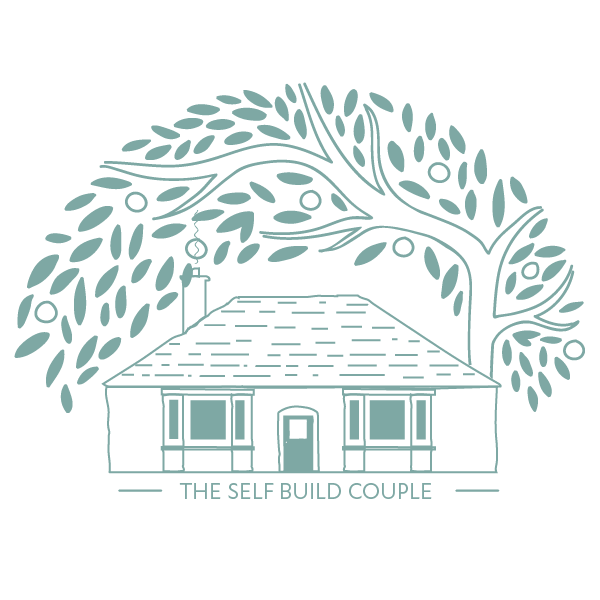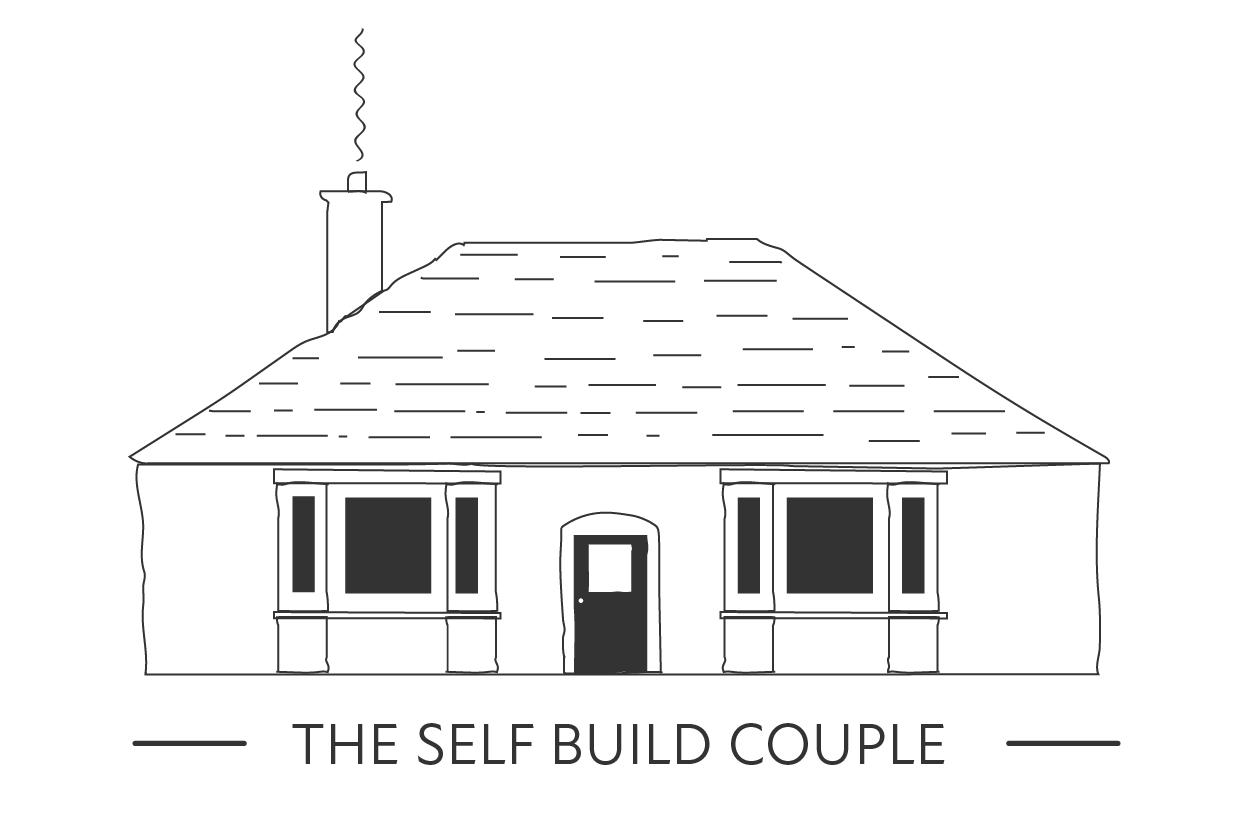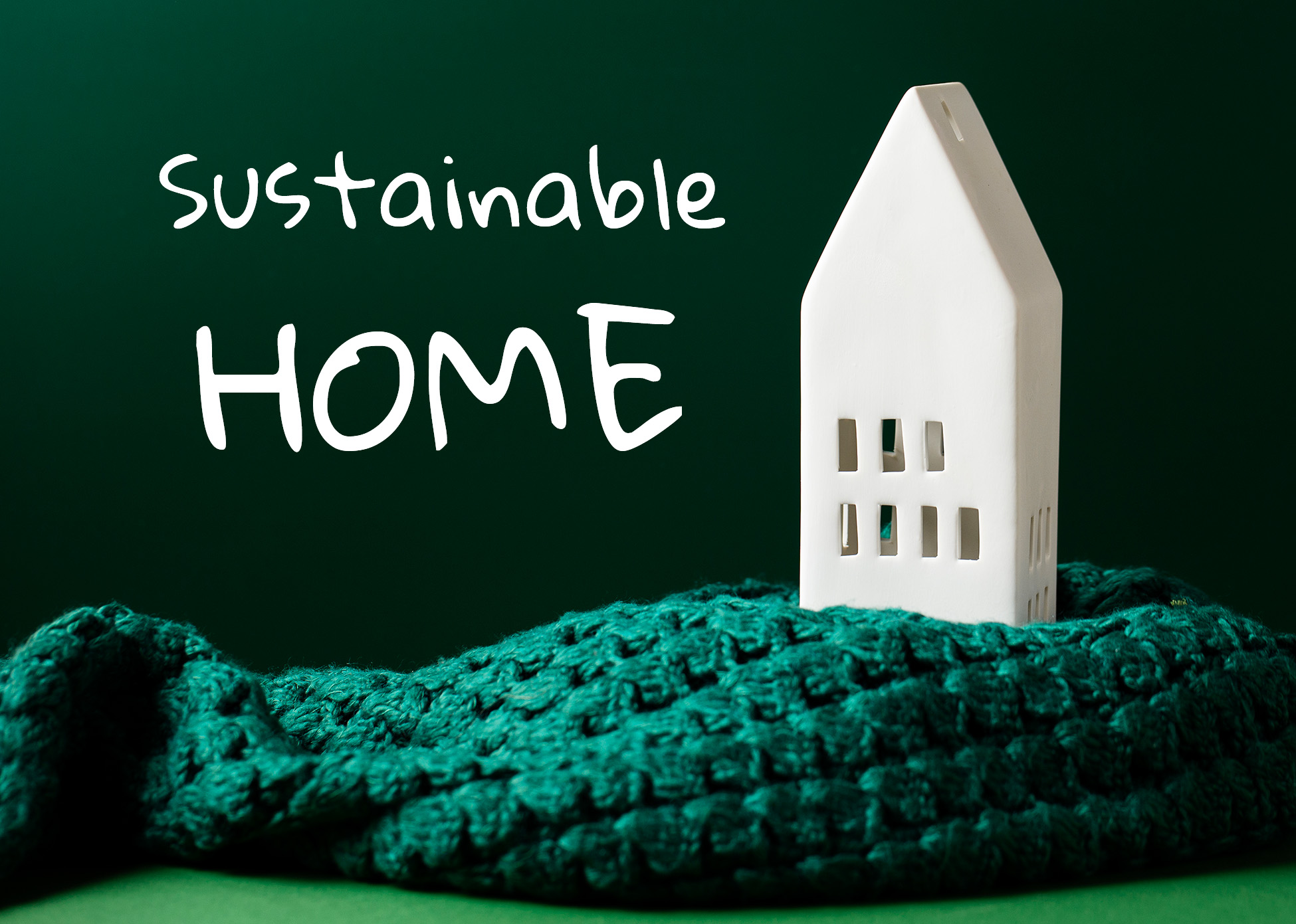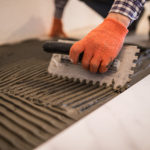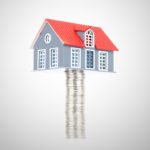Retrofitting houses for energy efficiency has become a major topic of discussion in Ireland in recent years. With an ageing housing stock and increasing concerns about climate change and energy costs, more and more homeowners are considering retrofitting as a way to improve the energy efficiency of their homes.
There are a number of different approaches to retrofitting, depending on the specific needs and constraints of each individual house. However, retrofitting for energy efficiency typically involves improving insulation, upgrading heating systems, and installing renewable energy technologies such as solar panels or heat pumps.
Reasons to retrofit
One of the primary reasons to retrofit a house for energy efficiency is to reduce energy costs. Older houses are often poorly insulated, meaning that they lose a significant amount of heat through their walls, roofs, and floors. This can lead to higher energy bills as homeowners need to use more energy to heat their homes. By retrofitting a house for energy efficiency, homeowners can reduce the amount of energy they need to use to heat their homes, which can lead to significant cost savings over time.
Another important reason to retrofit a house for energy efficiency is to reduce carbon emissions. Heating buildings is a major source of greenhouse gas emissions, and improving the energy efficiency of homes can help to reduce these emissions. This is particularly important in Ireland, where buildings are responsible for around 25% of the country’s total greenhouse gas emissions.
Measures to take
There are a number of different retrofitting measures that homeowners can take to improve the energy efficiency of their homes. One of the most important is to improve insulation. This can involve adding insulation to walls, roofs, and floors and installing draught-proofing measures such as door and window seals. By reducing the amount of heat that escapes from a house, insulation can significantly reduce energy bills and carbon emissions.
Another important retrofitting measure is to upgrade heating systems. Older houses often have inefficient heating systems, such as old boilers or electric heaters. Upgrading to a more efficient heating system, such as a modern condensing boiler or a heat pump, can significantly reduce energy bills and carbon emissions. Heat pumps, in particular, have become increasingly popular in Ireland in recent years, as they are highly efficient and can be powered by renewable electricity.
Renewable energy technologies such as solar panels and wind turbines can also be used to retrofit houses for energy efficiency. While these technologies can be expensive to install, they can provide significant long-term cost savings and carbon emission reductions. In addition, homeowners may be eligible for grants and other incentives to help cover the installation cost.
Schemes/Grants
There are a number of different programs and incentives available in Ireland to encourage homeowners to retrofit their homes for energy efficiency. One of the most important is the Better Energy Homes scheme, which provides grants to homeowners to help cover the cost of retrofitting measures such as insulation, heating upgrades, and renewable energy installations. The scheme is open to all homeowners in Ireland, and grants are available for up to 35% of the total cost of retrofitting measures.
In addition to the Better Energy Homes scheme, there are a number of other programs and incentives available to homeowners in Ireland. For example, homeowners who install solar panels may be eligible for the Renewable Energy Support Scheme, which provides payments for the electricity generated by the panels. Homeowners may also be eligible for tax credits for energy efficiency improvements and may be able to access low-interest loans to help cover the cost of retrofitting.
Challenges
Despite the many benefits of retrofitting houses for energy efficiency, there are also a number of challenges that homeowners may face. One of the biggest challenges is the cost of retrofitting, which can be significant depending on the specific measures that are needed. While grants and incentives can help to offset some of the cost, homeowners may still need to invest a significant amount of money upfront.
Another challenge is the disruption that retrofitting can cause to homeowners. Depending on the scale of the retrofitting work, homeowners may need to vacate their homes for a period of time, which can be inconvenient and disruptive. In addition, retrofitting work can be messy and noisy, which can be unpleasant for homeowners who are living in the house while the work is being carried out.
Furthermore, retrofitting work can be complex and may require the expertise of a range of different professionals, including architects, engineers, builders, and energy assessors. This can make the retrofitting process more challenging for homeowners who are not familiar with the technical aspects of the work.
Despite these challenges, however, there are many good reasons to consider retrofitting a house for energy efficiency. In addition to reducing energy costs and carbon emissions, retrofitting can also improve the comfort and livability of a home. By reducing draughts and improving insulation, homeowners can enjoy a more comfortable and consistent temperature in their homes, regardless of the weather outside. This can be particularly important in Ireland, where cold and damp weather can be a problem in the winter months.
In addition to improving the energy efficiency of individual homes, retrofitting can also have broader social and environmental benefits. By reducing carbon emissions from buildings, retrofitting can help to mitigate climate change and improve air quality. In addition, retrofitting can create jobs in the construction and renewable energy sectors, supporting the development of a more sustainable and resilient economy.
Conclusion
Overall, retrofitting houses for energy efficiency is a complex and challenging process, but one that can bring significant benefits for homeowners and for society as a whole. By improving insulation, upgrading heating systems, and installing renewable energy technologies, homeowners can reduce their energy costs, carbon emissions, and dependence on fossil fuels. In addition, retrofitting can improve the comfort and livability of homes, while also creating jobs and supporting the development of a more sustainable and resilient economy. As such, retrofitting should be seen as an important part of Ireland’s transition to a low-carbon, sustainable future.
